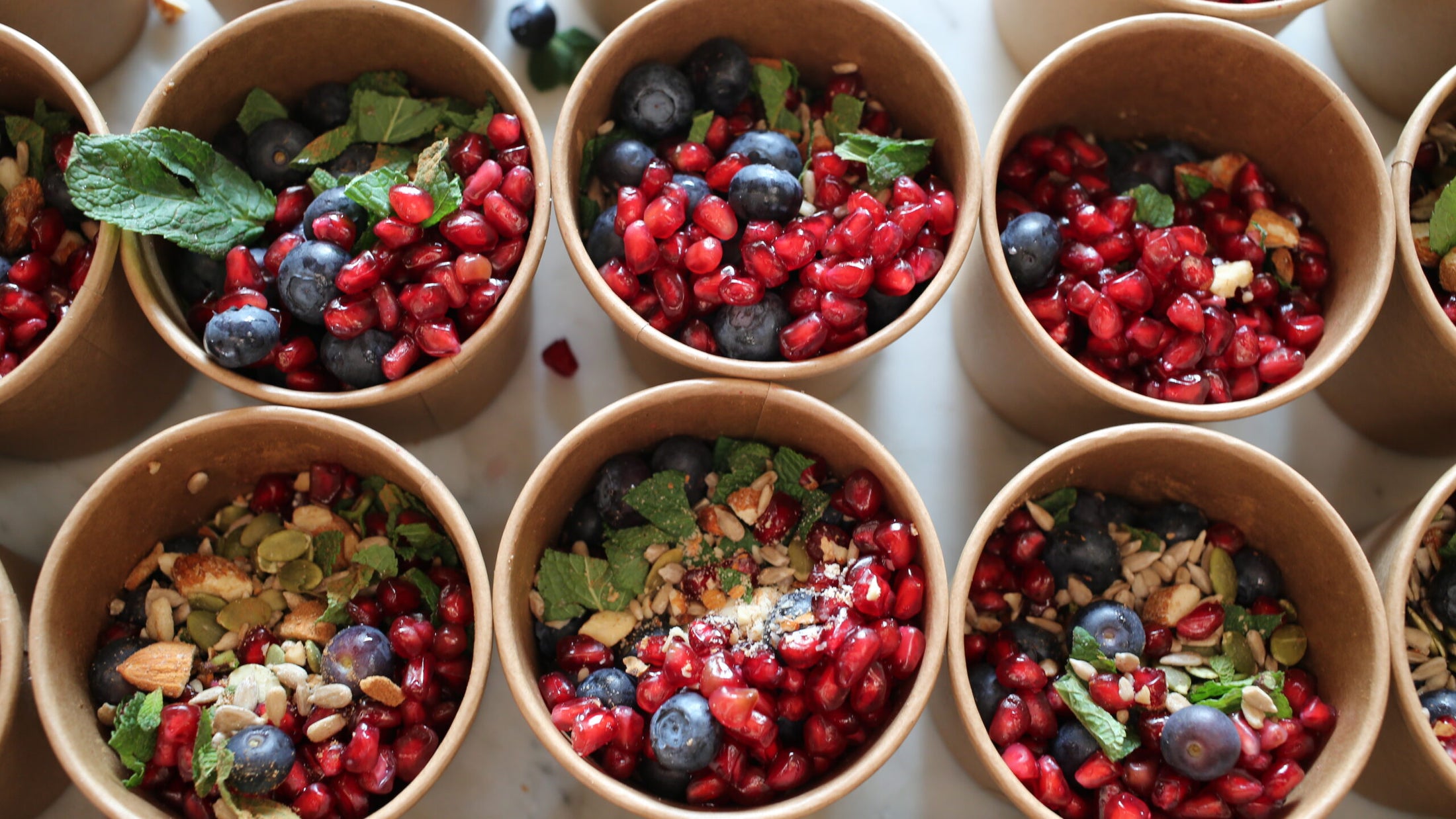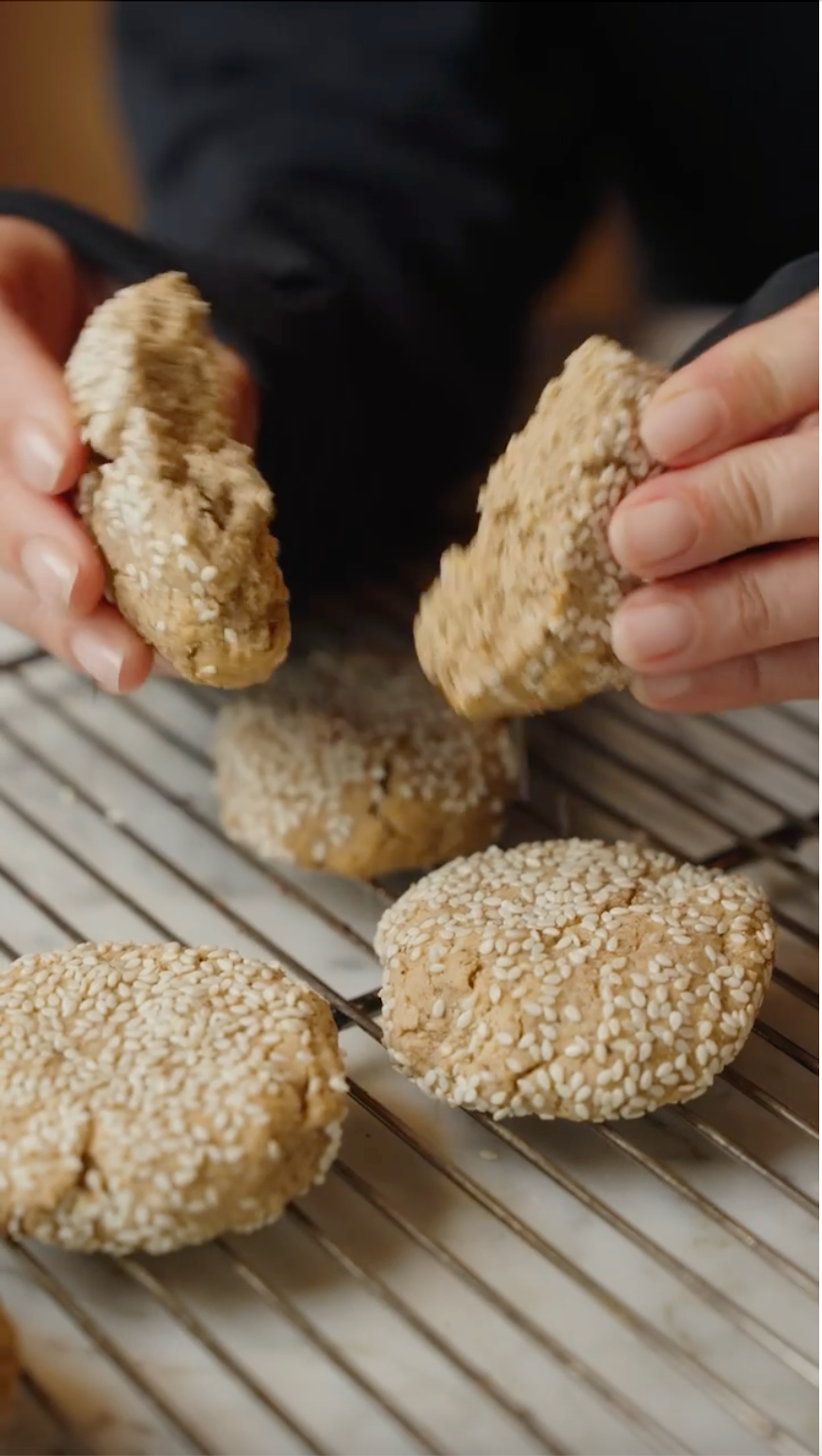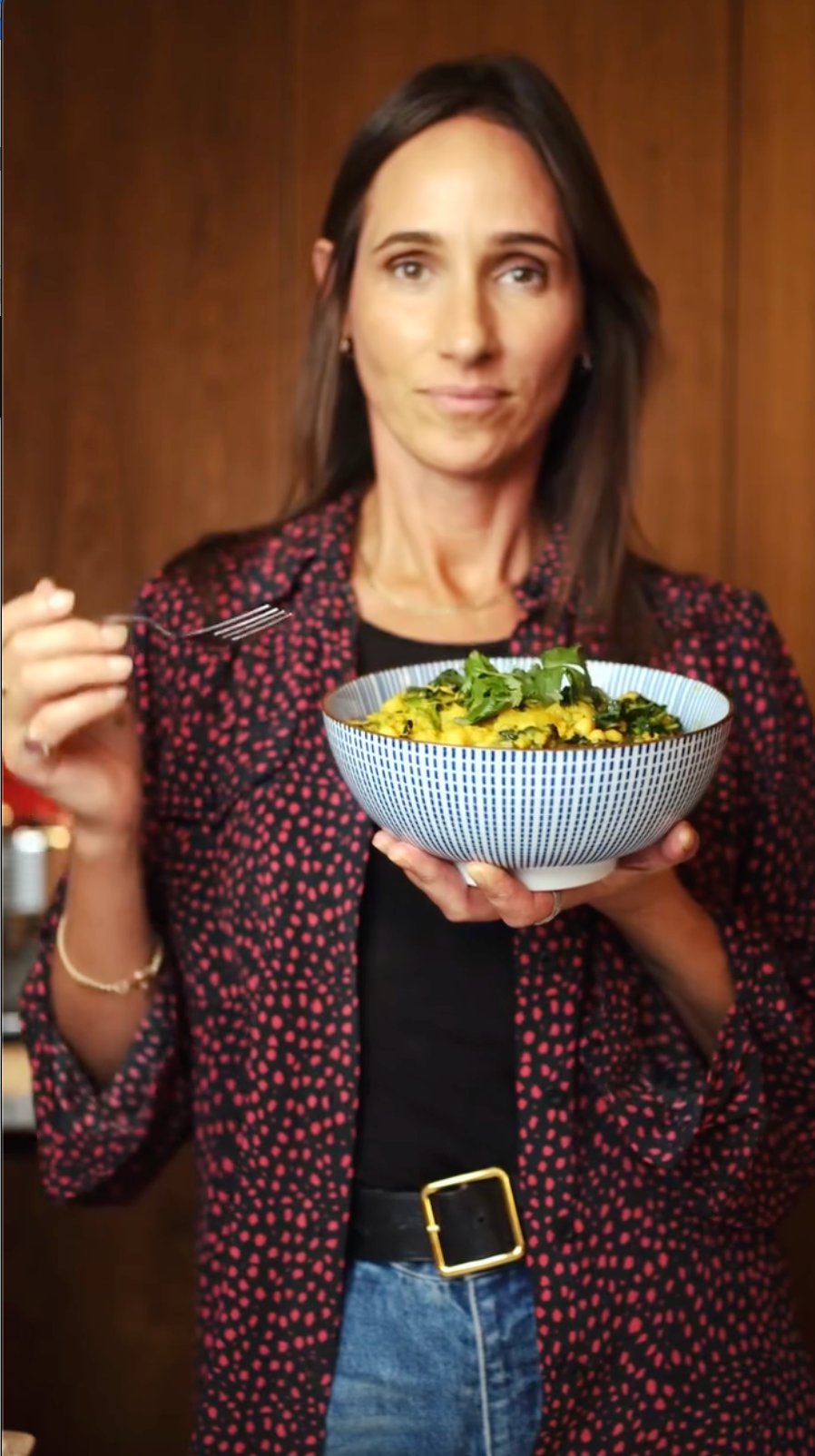Blood Sugar Balancing
When you eat starchy/sweet foods or alcohol they are broken down in the body into a sugar called glucose. This is carried around in the bloodstream and taken to cells which use it for energy. At any one time, the ideal amount of glucose to have in the blood is about 2 teaspoons.
When you eat starchy/sweet foods or alcohol they are broken down in the body into a sugar called glucose. This is carried around in the bloodstream and taken to cells which use it for energy. At any one time, the ideal amount of glucose to have in the blood is about 2 teaspoons.
The level of glucose is the blood is carefully controlled by a hormone called insulin. After we eat, the amount of glucose in the blood rises. Insulin is released to bring blood glucose levels back down to 'normal' levels. However, if blood sugar rises too rapidly, the body can end up releasing too much insulin. This causes the blood sugar to swing low again, making us feel tired, grumpy and hungry again. This is sometimes referred to as the blood sugar rollercoaster.
It is the hormone insulin that makes you and keeps you fat. The more insulin you produce, the fatter you become.
What increases insulin levels?
Prolonged intake of high Glycaemia Index (GI) foods. These are starchy, sweet foods which release their glucose into the blood stream quickly, causing excess production of insulin. This excess load triggers bodily systems to convert surplus glucose into fat.
If this happens too frequently, the body starts to ignore the insulin message, a condition called insulin resistance. This can lead to permanently high blood sugar levels and more and more insulin being released, further increasing weight gain, a process which can eventually result in type 2 diabetes and a greater risk of heart disease.
Symptoms of blood sugar imbalance:
- Cravings
- Fatigue
- Headaches
- Thirst
- Frequent urination
- Irritability
- weakness
Tips for Balancing Blood Sugar
Timing of Meals - When you eat is as important as what you eat. To balance blood sugar levels eat three well balanced main meals a day.
GI Ratings - Carbohydrates with a GI over 70 are usually considered to be High GI and are best avoided. Those with a rating under 50-55 are considered Low GI and should make up about a ¼ of your plate. Those in between can be eaten occasionally in place of low GI foods.
Hidden Sugars in Drinks - Avoid all fizzy drinks, squashes and fruit drinks as they contain high levels of sugar.
Protein Power - Protein slows glucose release from carbohydrates so try to include some with each meal. The best protein choices are: organic chicken or turkey, fish, eggs, live natural yogurt, raw activated nuts and seeds, quinoa, beans and lentils, organic tofu & tempeh, goat’s cheese and cottage cheese. Red meat can be consumed in moderation.
Stimulants - Coffee, tea, energy drinks and alcohol disrupt blood sugar levels and are best avoided or at least reduced.





